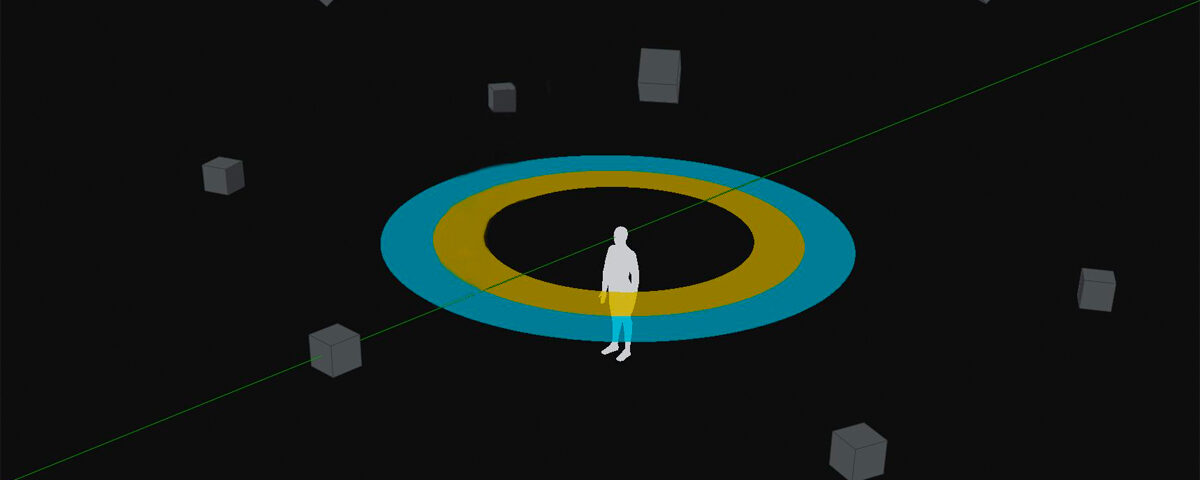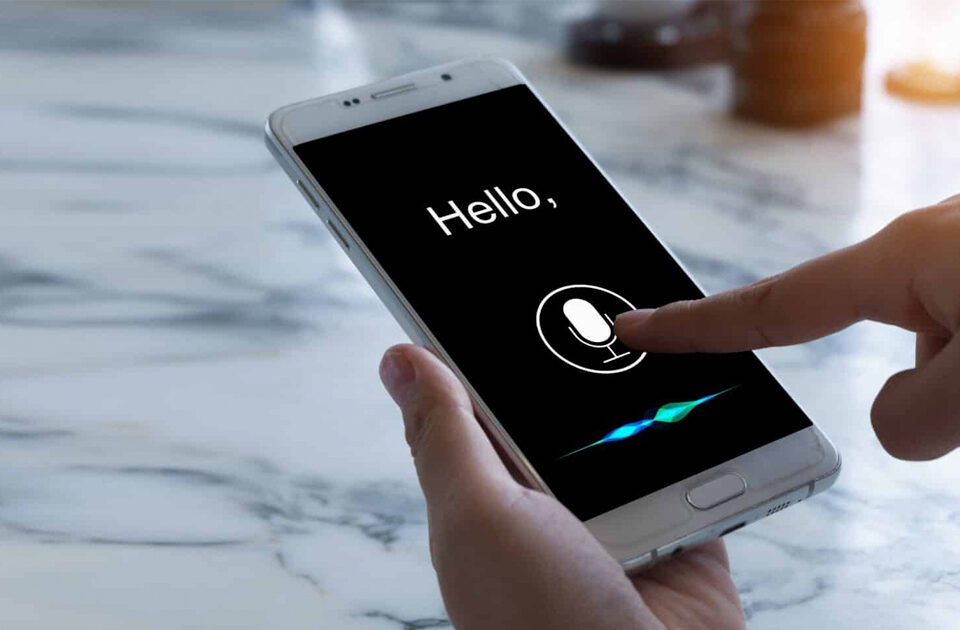Surround Sound Revolution – Spatial Audio’s Impact on Music, Gaming, and VR
Spatial audio, an innovative technology that recreates the sensation of sounds coming from different directions, has been steadily gaining popularity in various industries. Its ability to create a more immersive and realistic listening experience has led to its rapid adoption in music production, gaming, and virtual reality (VR). In this article, we will discuss the rise of spatial audio and how it is transforming these fields, offering listeners a heightened sense of presence and depth in the digital realm.
Spatial Audio, A Brief Overview
Spatial audio, also known as 3D audio or binaural audio, is a sound technology that aims to create a natural and immersive listening experience by simulating the way humans perceive sounds in real life. It uses specialized algorithms and recording techniques to mimic the way sound waves interact with our ears and the environment, allowing listeners to pinpoint the origin of sounds with remarkable precision. Spatial audio has evolved significantly over the years, with advanced technologies like Ambisonics, Dolby Atmos, and Sony’s 360 Reality Audio leading the charge.
Music Production, A New Dimension of Sound
The music industry has always been at the forefront of embracing new technologies, and spatial audio is no exception. With the rise of streaming services and the need to differentiate content, artists and producers have started to experiment with spatial audio to create a more engaging and immersive listening experience.
Spatial audio offers a fresh perspective on music production by enabling sound engineers to place individual instruments, vocals, and sound effects in a three-dimensional sound field. This allows for a more dynamic and immersive mix, creating a sense of depth and space that traditional stereo recordings cannot replicate. Listeners can feel as if they are surrounded by the music, with sounds originating from different points in space, creating a more intimate connection with the artist.
Gaming, Enhancing Immersion and Realism
In the world of gaming, where immersion is paramount, spatial audio has become an essential tool for game developers. By simulating realistic audio environments, spatial audio can transport players to new worlds, heightening their sense of presence and engagement. This not only enhances the overall gaming experience but can also provide a strategic advantage in competitive gaming scenarios.
In first-person shooter games, for example, players can use spatial audio cues to detect the direction of approaching enemies or gunfire, allowing them to react more quickly and accurately. Similarly, in adventure and exploration games, spatial audio can create a richer and more atmospheric environment, drawing players deeper into the game’s narrative.
Virtual Reality, The Ultimate Immersive Experience
Virtual reality is another domain that has greatly benefited from the rise of spatial audio. As an integral component of VR systems, spatial audio enhances the sense of immersion by providing a realistic auditory environment that complements the visual experience. When used in conjunction with head-tracking technology, spatial audio can adapt to the user’s movements, ensuring that sounds remain consistent with their position in the virtual world.
In social VR applications, spatial audio enables users to communicate more naturally by simulating the way sound behaves in real-world conversations. Users can identify the location and distance of other participants based on the direction and volume of their voices, making interactions feel more realistic and engaging.
Spatial audio also plays a crucial role in VR-based training and simulation scenarios, where accurate sound localization can be critical for learning and performance. For instance, in medical training simulations, spatial audio can help trainees identify the source of an alarm or a patient’s call for assistance, allowing them to react more effectively in high-pressure situations.
Summary
The rise of spatial audio has had a profound impact on music production, gaming, and virtual reality, revolutionizing the way we create and consume digital content. By offering a more immersive and realistic listening experience, spatial audio has the potential to transform our interaction with digital media, fostering a deeper sense of connection and presence. As the technology continues to evolve and become more accessible, we can expect to see even greater innovations in the coming years.
In the future, we may see spatial audio becoming a standard feature in consumer audio devices, such as headphones and speakers, further blurring the line between the digital and physical worlds. Moreover, the integration of spatial audio in other emerging technologies, such as augmented reality and the metaverse, will undoubtedly create new opportunities for more immersive and interactive experiences.
In conclusion, the rise of spatial audio has opened new doors for creative expression, delivering unparalleled levels of immersion in music production, gaming, and virtual reality. By harnessing the power of spatial audio, creators and developers can continue pushing the boundaries of digital experiences, shaping the future of how we listen to and interact with the digital world around us.


